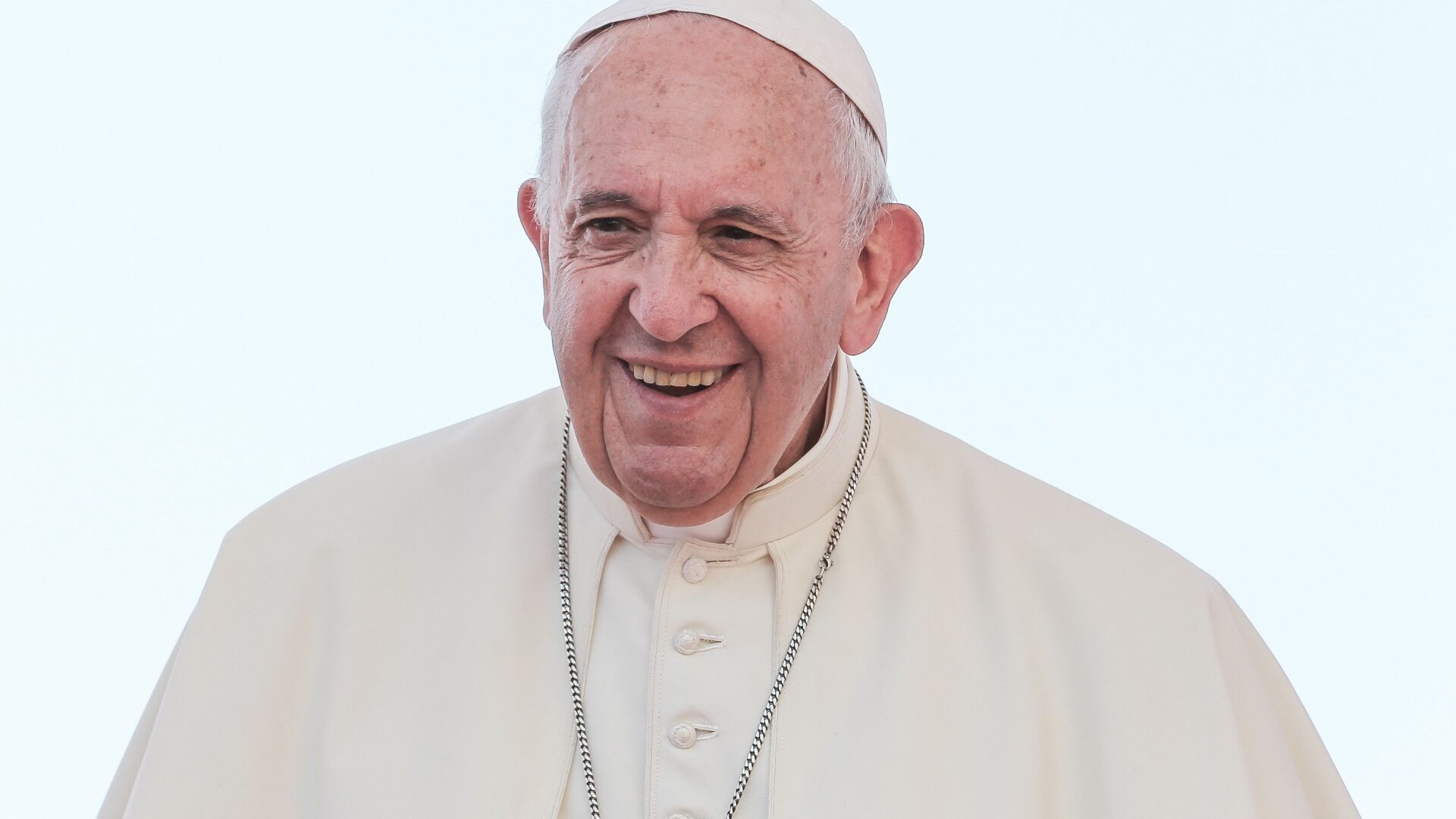In the rich tapestry of religious history, church leaders have played pivotal roles in shaping the beliefs and practices of millions around the globe. While the Pope stands as a prominent figure in the Catholic Church, other denominations boast equally fascinating leaders with unique roles and responsibilities. In this exploration, we delve into the lives of these ecclesiastical figures, uncovering intriguing facts that highlight their humanity and the diverse traditions they represent.
The Pope:
- Multilingual Marvel: Pope Francis, the 266th and current Pope, is known for his multilingual prowess. Fluent in Spanish, Italian, German, and Latin, he impressively delivers speeches and addresses followers in various languages, fostering a sense of global unity within the Catholic Church.
- Humility in Tradition: Pope Francis has been celebrated for his humble approach, often shunning some of the traditional luxuries associated with the papacy. Opting for simpler vestments and living quarters, he emphasizes the importance of humility and service, embodying the teachings of Jesus Christ.
- Social Media Savvy: In a nod to the modern era, Pope Francis has embraced social media platforms, making him the first Pope to engage actively on Twitter. His tweets, filled with messages of love, hope, and encouragement, resonate with millions of followers worldwide.
Orthodox Patriarchs:
- The Ecumenical Patriarch’s Environmental Embrace: The Ecumenical Patriarch of Constantinople, Bartholomew I, has gained acclaim for his environmental advocacy. Often referred to as the “Green Patriarch,” Bartholomew emphasizes the importance of environmental stewardship, drawing attention to the spiritual connection between faith and nature.
- Theological Titans: Orthodox Church leaders, including Patriarchs and Metropolitan Bishops, are renowned for their profound theological knowledge. Theological education is a cornerstone of their leadership, reflecting the deep intellectual traditions within the Orthodox Church.
Anglican Archbishops:
- The Seat of Canterbury: The Archbishop of Canterbury, the spiritual leader of the Anglican Communion, resides at Lambeth Palace. This historic residence has been home to Archbishops since the 13th century and serves as a symbol of the continuity of Anglican leadership.
- Ecumenical Engagement: Anglican Archbishops are actively involved in ecumenical efforts, fostering dialogue and collaboration among various Christian denominations. This commitment to unity reflects the Anglican Church’s emphasis on inclusivity and cooperation.
Fun Facts Across the Spectrum:
- The Great Schism: The Christian Church experienced a significant split in 1054, resulting in the separation of the Eastern Orthodox Church and the Roman Catholic Church. This event, known as the Great Schism, marked a profound moment in ecclesiastical history.
- Ecclesiastical Dress Code: Church officials across denominations are often recognized by their distinctive attire. From the Pope’s white cassock to the Orthodox Patriarch’s ornate vestments, these garments carry deep symbolic significance, connecting the clergy to their respective traditions.
- Historical Influence: Church leaders have played pivotal roles in shaping historical events. From influencing political decisions to guiding social movements, ecclesiastical figures have left an indelible mark on the course of human history.
Conclusion
As we unravel the vibrant tapestry of church leaders across denominations, it becomes evident that these figures are not just spiritual guides but also individuals with unique traits, backgrounds, and contributions. Whether it’s Pope Francis’ linguistic talents, the ecological advocacy of the Ecumenical Patriarch, or the historical significance of the Archbishop of Canterbury’s residence, the lives of church officials are filled with fascinating stories that continue to shape the religious landscape. In celebrating these ecclesiastical marvels, we gain a deeper appreciation for the diversity and richness inherent in the world’s religious traditions.
